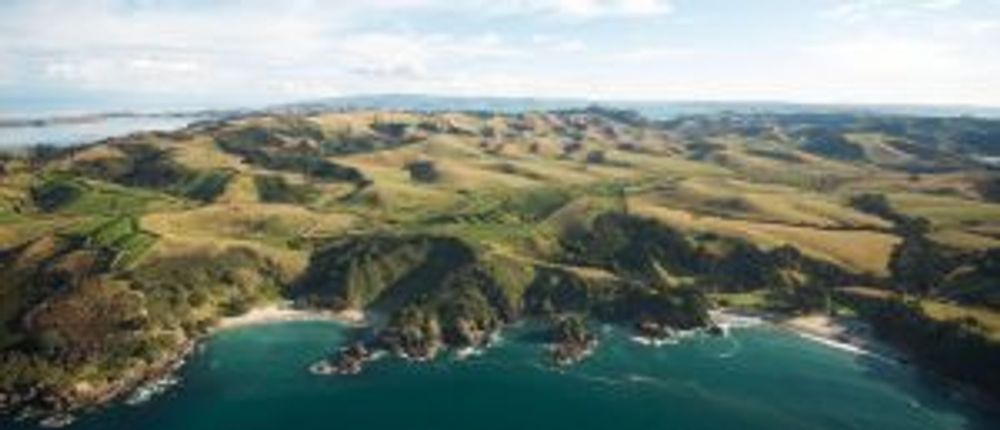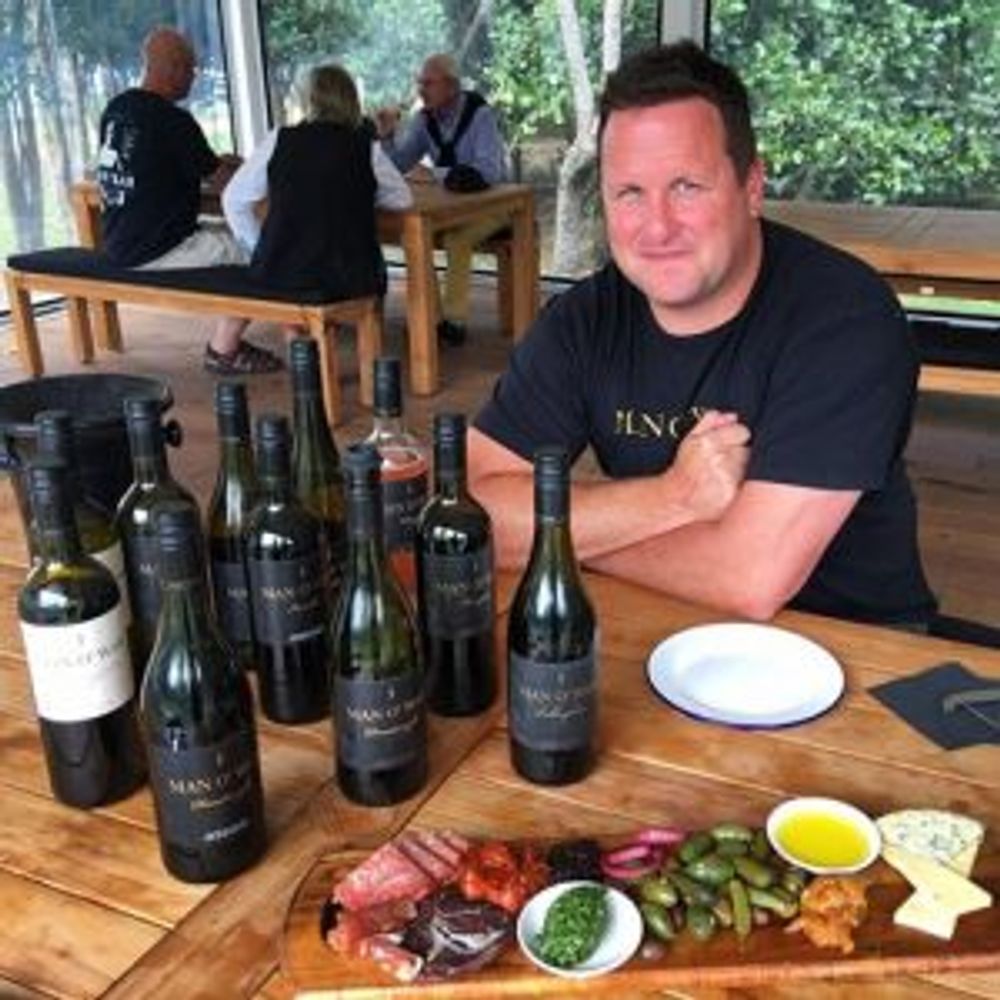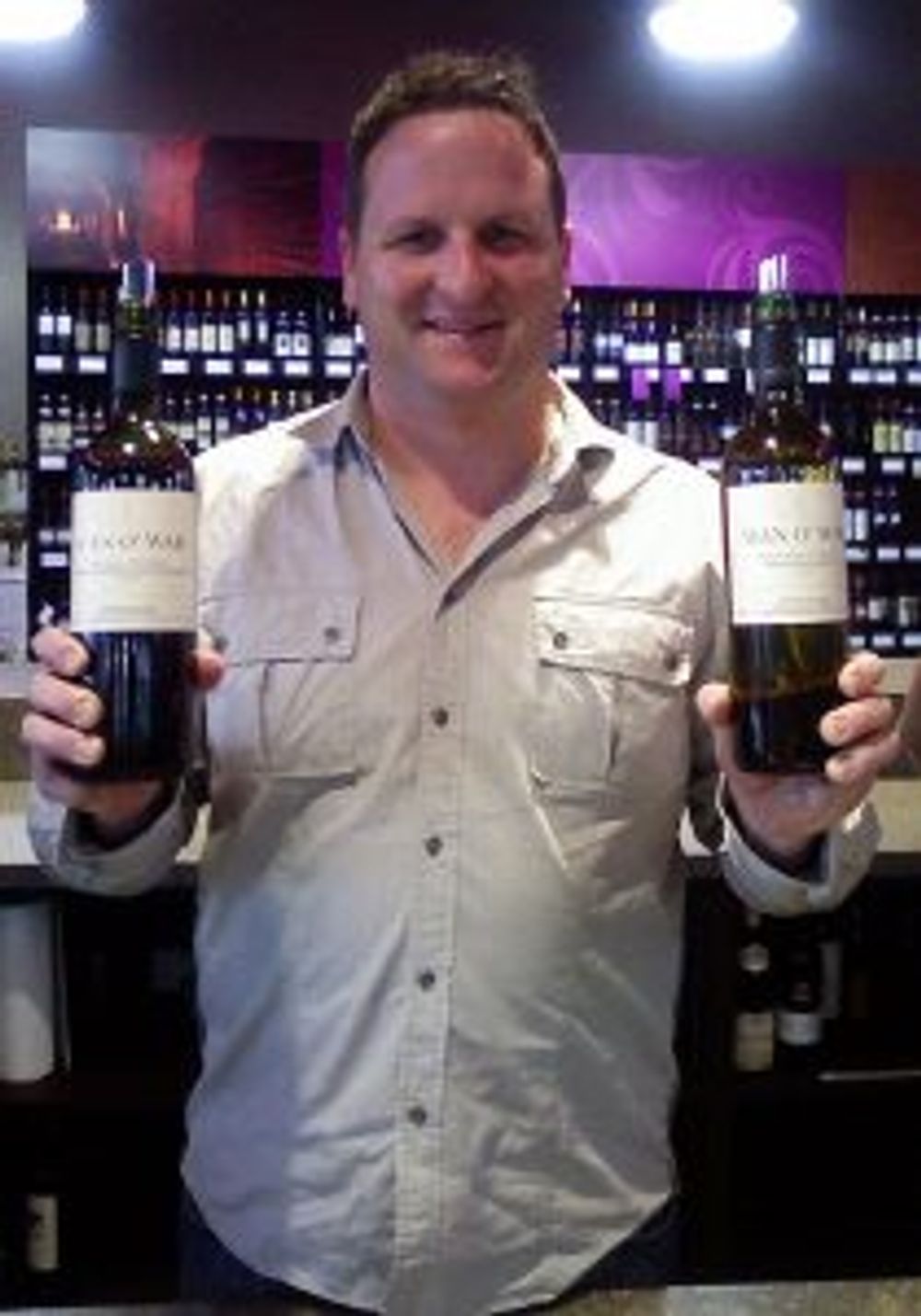Man O’War launches Bellerophon, the latest vessel to showcase how winemaker Duncan McTavish can safely navigate round the choppy waters of the premium on-trade, while keeping his feet on dry land.
Waiheke Island might not be New Zealand’s best known wine region – that would be Marlborough, birthplace of Kiwi Sauvignon Blanc – but it might be the most unusual.

Located off North Island, near Auckland, it boasts a beautiful and varied topography, a mixture of soil types and no fewer than 29 wineries, though wine wasn’t made on the island in any quantity until the mid 1990s.
The best known of these by far is Man O’War, so called because when Captain Cook first laid eyes on Waiheke Island he reckoned its numerous, sturdy trees would be ideal for making masts for his fleet.
The wines are pretty familiar to wine-lovers here – the UK and the US are Man O’ War’s most important markets – and have built up a loyal customer base for being very different from the New Zealand mainstream. Want a typical citrussy, cats-pee Sauvignon Blanc? You won’t find it here. Some nice smoky Pinot Noir? Dream on: they don’t make any (yet).

Like a full throttle, yet still subtle Syrah, the type that a few years ago many thought New Zealand wasn’t capable of producing? Well, you’ve come to the right place. And if you like wines whose names recall the British Empire’s days of naval supremacy – Dreadnought, Ironclad and of course, Man O’War – this is the winery for you.
Sitting down to lunch with winemaker Duncan McTavish, whose work at Man O’War has established him as one of New Zealand’s most impressive producers, I realised that jet lag and a daunting number of events planned for the following days hadn’t dimmed his enthusiasm.
A lot of things about Man O’War are unusual – the fact it gets its grapes from 76 sometimes tiny vineyard plots spread over 150 acres, the fact his team have to get a boat across to nearby Ponui Island to harvest his Pinot Gris (rough conditions can make this a challenge) and the fact that his team treat each of the vineyards individually.

Over the past 20-odd years, Man O’War has grown production to some 265,000 bottles a year and 18 different wines, although the core range – 25% of production is Sauvignon Blanc/Semillon, 25% Syrah, 25% Bordeaux red blend varietals and 25% Pinot Gris/Chardonnay – brings this down to 6/7 wines, divided into a white label estate range and a black label flagship range.
“Our aim is to be thought provoking; we want to make bold wines that reflect the soils and the varietal but we don’t necessarily want to make wines that the market wants and feels happy with,” he says.
We kick off tasting the whites. “Oh oh! Sauvignon Blanc”

And so it was with the first two wines we tried, the Estate Waiheke Island SB 2014 and the Gravestone 2013, both Sauvignon Blanc with a notable splash of Semillon to give structure and support (10% and 25% respectively).
No fan of Sauvignon Blanc, I approached these with trepidation but I needn’t have; these were probably the best New Zealand Sauvignon Blancs I have ever tasted – intensely aromatic and fruity on the nose, with lots of green pepper and herb on the palate.
These are surprisingly big wines, 14%, well-structured, with smooth tannins, and very moreish. Although the Gravestone was three years old, it remains intensely fresh and fruit-forward.
As was the next wine, the Valhalla Chardonnay 2014, highly expressive, almost oxidative in style, with all the full savoury elements of this variety pushed to the forefront and using grapes grown in clay and volcanic soil. McTavish says he can’t make enough of this wine and I can see why – as its Viking name suggests this is a delicious barrel fermented Chardonnay that takes no prisoners.
The Exiled Pinot Gris (2012) is a reference to (who else) Napoleon and his final place of exile, St Helena, and is made from the St Helena clone grown on Ponui Island. This is a rich and luscious Alsace style of Pinot Gris, surprisingly sweet because of the addition of late harvest fruit fermented separately but with lots of depth, courtesy of the barrel ageing, which makes this wine a keeper.
And how were the reds tasting?
The white label Cabernet Franc/Merlot/Malbec 2013 is decent and well-made, whilst the black label Ironclad – a sturdy, redoubtable wine that is Cab Franc dominant (45%) but actually has all the Bordeaux varietals – is a deliciously powerful and structured wine that will benefit from quite a few more years in bottle, though is great now.
It was the other two, Rhone-inspired reds though, that really got my attention: the impressive, full-on 100% Syrah Dreadnought 2013, smoky and peaty but with lots of dark berry fruit supporting the 15% alcohol.
The star of the lunch for me though was Man O’War’s newest wine, the Bellerophon – named after, yes, another Royal Navy ship, this one saw service in the Napoleonic War.
The wine is a blend of Syrah and Viognier (just 4%) and this 2014 vintage is just the second, but McTavish hasn’t put a foot wrong; the Viognier has softened the Syrah and helped produce a stylish wine, with lots of white pepper, liquorice and spice on the palate that makes an excellent addition to the usual Man O’War line up.

The volcanic soil in which the grapes for this wine were grown have probably reinforced this wine’s complexity, which grew more apparent over the course of the lunch.
“The reception to this wine has been really good, and to be honest, I’m almost surprised how good this is tasting now, considering its relative youth,” says McTavish.
Much the same could be said for all McTavish’s wines. These are sommelier wines and at prices ranging from around £18 to £37, are hardly for everyday drinking. But for an insight of how far NZ wine-making has come in recent years, there’s no better place to look.
































